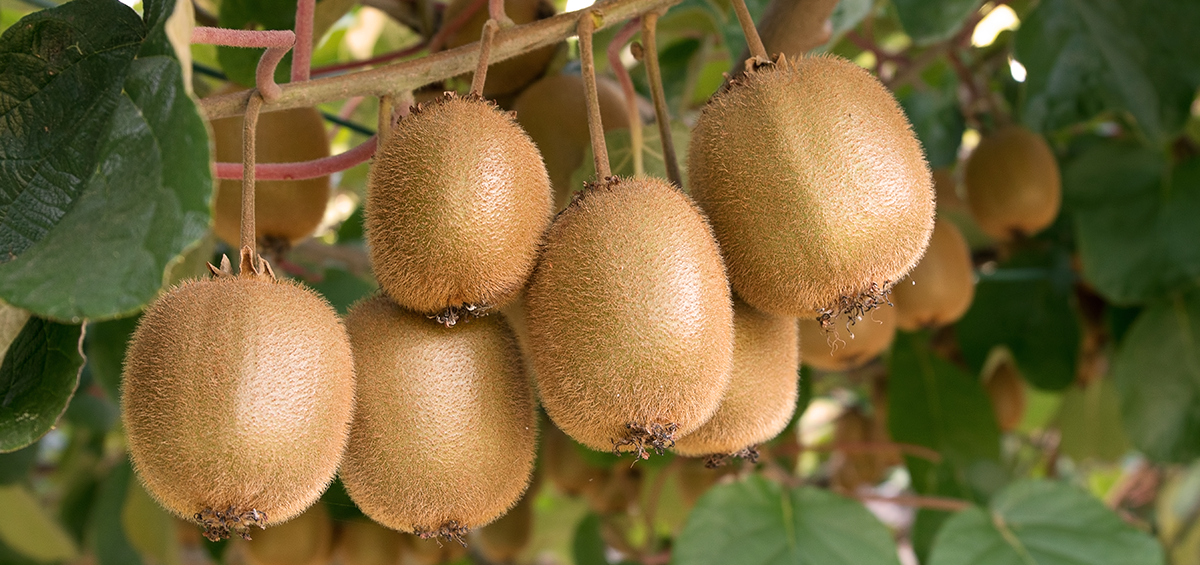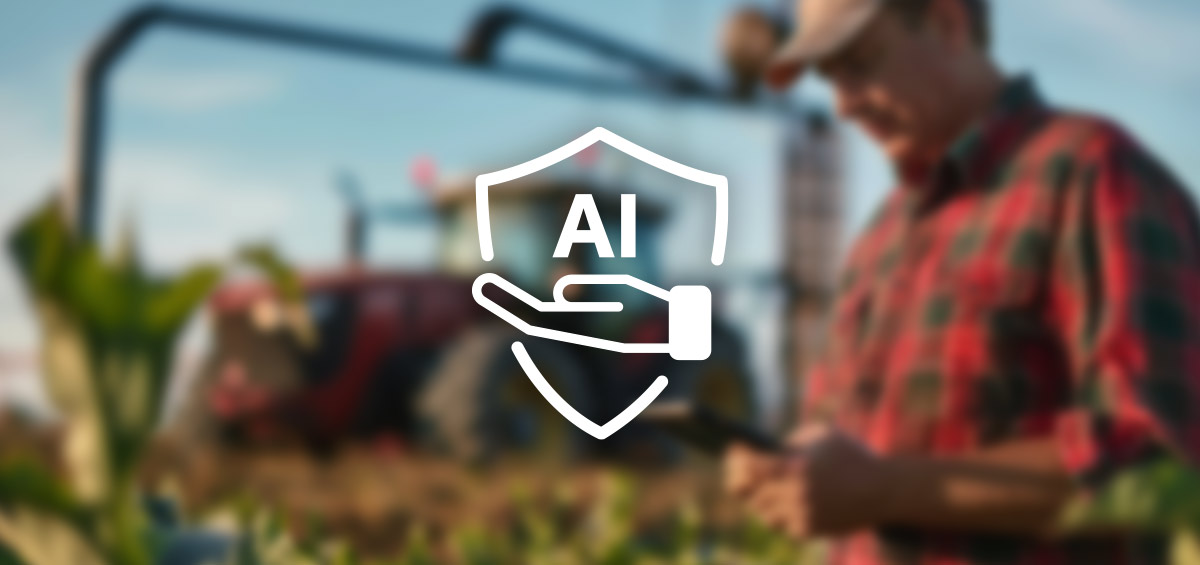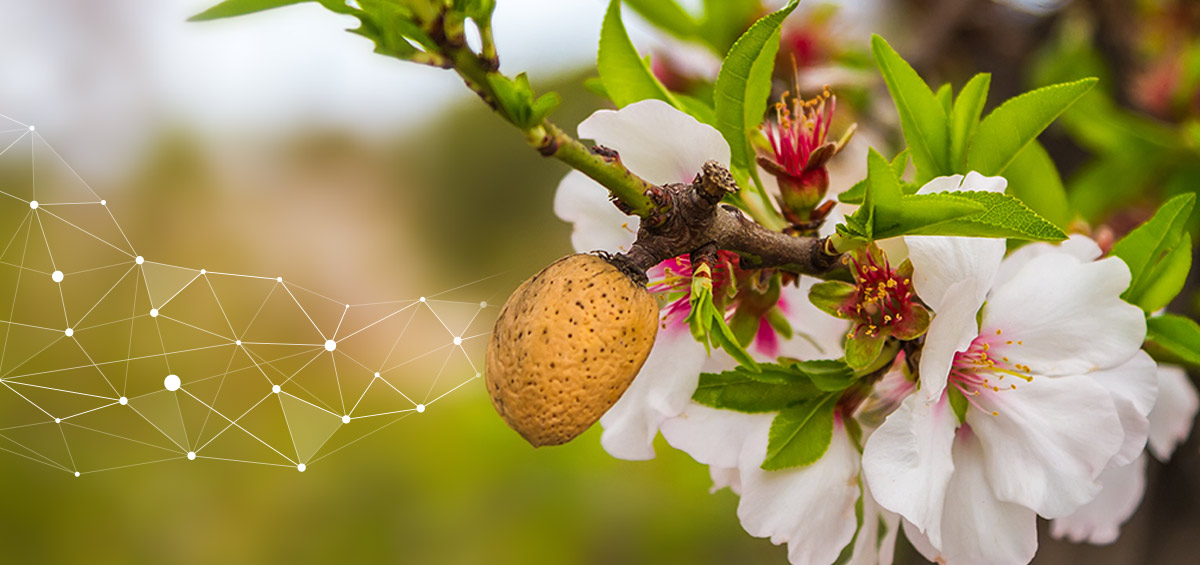In kiwi harvest management three degrees of fruit maturity are known. The first is botanical maturity, which occurs when the flow of nutrients into fruits is stopped. They’re reached the final shape and size. The second is usable maturity when fully developed fruits have all typical qualities of meat such as strength, taste, and smell and they’re suitable for consumption. This maturity is usually achieved only in the warehouse. The third is technological maturity that indicates the degree of ripeness for immediate use. It coincides with usable maturity, but fruits are harvested later. Fruits are ready for harvest when they’re sufficiently softened at the point where the petiole connects with the fruit meat. Too early harvested fruits are not durable in storage and excessively lose their weight. Where is kiwi grown for household purposes, they can be harvested somewhat later, even after falling off leaves, but only if there is no risk of frost or freezing.
Knowing when to harvest kiwis can be a bit tricky. Commercial kiwi growers use a tool called a refractometer, which measures the amount of sugar in the fruit to determine the time of a kiwi fruit harvest (about 6.5% or greater). A home gardener may rely on the knowledge of when the kiwi fruit is generally mature enough for the kiwi fruit harvest. Kiwi fruit has attained full size, but it’s not mature enough for harvesting until the seeds have turned black and the sugar content has risen. Although fruit will soften off the vine after the sugar content is 4%, the sweet flavor has not developed until the content increases to 6-8%. After kiwi harvesting, the starch is converted to sugar and will then be ready to eat once the fruit contains an astonishing 12-15% sugar.
Commercial kiwi harvesting occurs all at once, but the home gardener may very well be harvesting kiwi sporadically beginning in early autumn. The softness of the kiwi fruit is not always the best indicator of readiness. Unlike some other fruits, kiwi ripens after it has been removed from the vine.
To store kiwi, chill the fruit as soon as possible after picking and store at high humidity. The colder the temperature for kiwi storage, the longer the kiwis keep, up to 4-6 months at 31-32°F.
Complete farming technology for kiwi, from sowing, fertilizing to protection and harvest you can track in AGRIVI farm management system, which also gives you best practices for growing your crops.
Improve your farming today, use AGRIVI.




